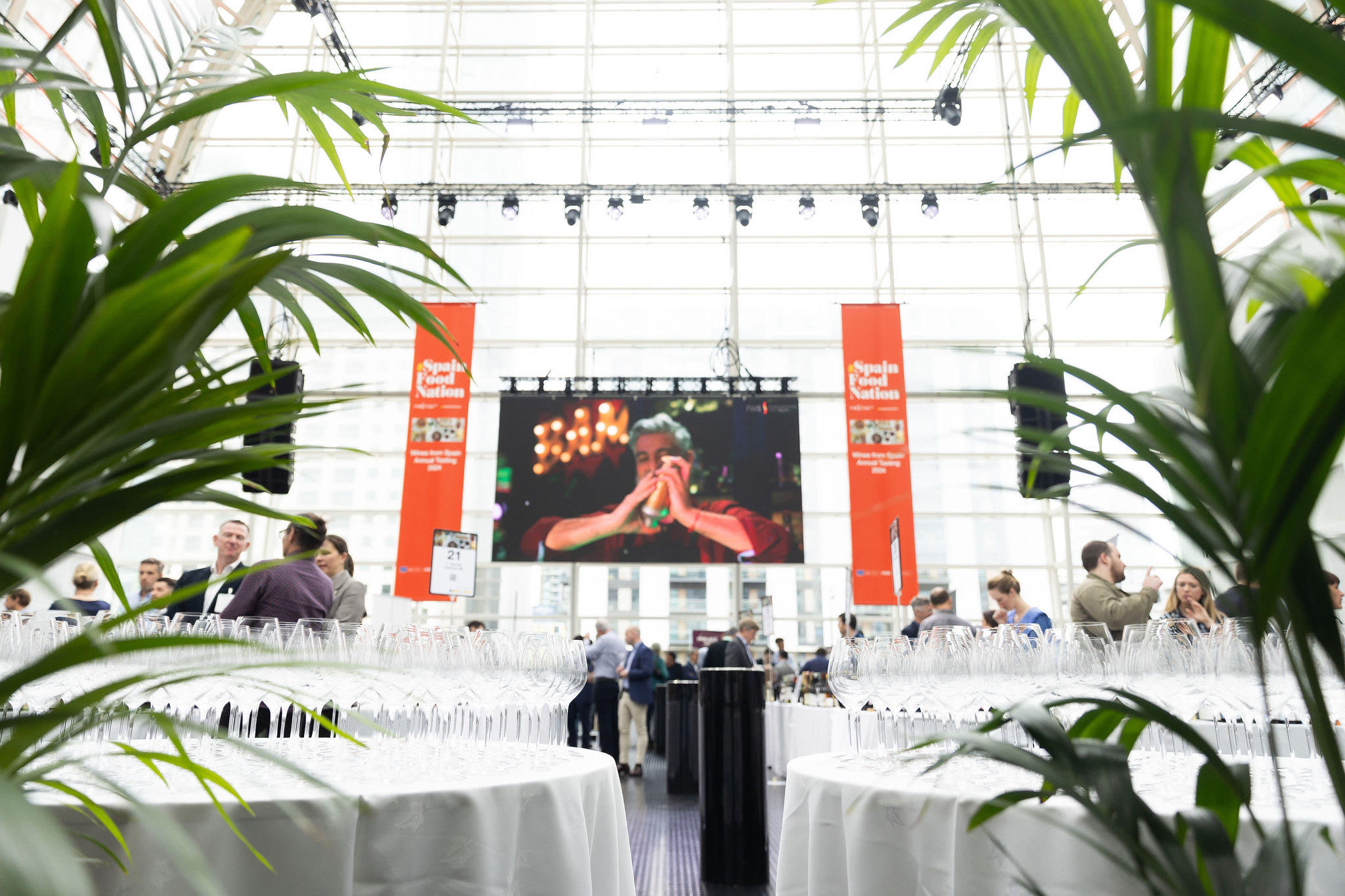Why the price of a pint of beer is still used as a barometer for affordability
By Jessica MasonThe price of a pint of beer was recently used as an analogy for explaining the rise in energy bills, showing how the British public still use beer as a measure for affordability.

Octopus Energy chief executive Greg Jackson told Radio 4’s Today programme: “I think the spate of failures within the 29 companies that went bust last year, that was driven by gas prices roughly doubling. They’re currently nine to 11 times higher than usual. Look, to put that in perspective, if this was beer, we’re talking about the wholesale price being £25 a pint.”
Speaking to the drinks business, food and drink author, broadcaster and ‘Beer Writer of the Year’ Pete Brown said: “Beer cuts across class and habit. Even people who don’t drink beer recognise it as an affordable everyday treat that’s open and accessible to everyone – or should be. The fact that it’s more associated with working class people than other classes just underlines this. It’s also why some people get seriously upset at the idea of expensive craft beer. But in fact beer has been going up more than lots of staples – particularly when you look at on-trade beer – it’s going up far quicker than RPI.”
Beer and food judge and consultant Bill Simmons agreed and explained to db that the reason beer is used as a measure is due to how Brits have historically used it to benchmark daily expenditure: According to Simmons: “Years ago, most men went to the pub multiple times a week. The price of a pint was their barometer on how the cost of living was going. It was the one constant they had to gauge how far their purse strings would stretch.”
Beer author and journalist Adrian Tierney-Jones told db that all of this is due to the way we consider beer is as a regular affordable commodity. He observed: “Beer still has that democratic, everyday value that everyone can afford – like bread it is the staff of life.”
Partner Content
The recent inflation in energy prices has been driven by wholesale prices, specifically the soaring cost of gas following the use of significant amounts of gas stocks being used during the pandemic. Added to this, following Russia’s invasion of Ukraine leading to a restriction of Russian gas, all of this is now having a knock on effect – pushing prices higher. The result is, ironically considering the analogy used by Jackson, also not just affecting households but set to have a detrimental effect on the hospitality and brewing industry.
Brown added: “Inflation figures last week showed beer up by 3% since June. Yet many of the costs faced by brewers and pubs were up by double or even triple figures. Think about how much energy it takes to boil a mash tun. Brewers and pubs are currently trying to absorb as much of those costs as they can but ultimately they’ll have to whack up prices.”
UKHospitality CEO, Kate Nicholls, recently pointed out how “the sector has proved its value to consumers post-pandemic, with sales back to 2019 levels but the labour shortage, inflationary cost pressures and dropping consumer confidence make it extremely difficult for any business to achieve real-terms year-on-year growth at the moment and there is little prospect of a respite on the horizon”.
Nicholls said that, despite the challenges ahead, “operators will continue to work hard and creatively to meet these challenges” but without Government intervention, the outlook looks somewhat bleak.
Food and drink research consultancy company CGA recently warned that beer prices are set to peak at £9 a pint by the end of the year, giving weight to the suggestion that using beer as a barometer for affordability may soon become an outdated concept since it may not retain its position as an attainable everyday commodity.
Related news
Which beer styles are the most difficult to brew?




